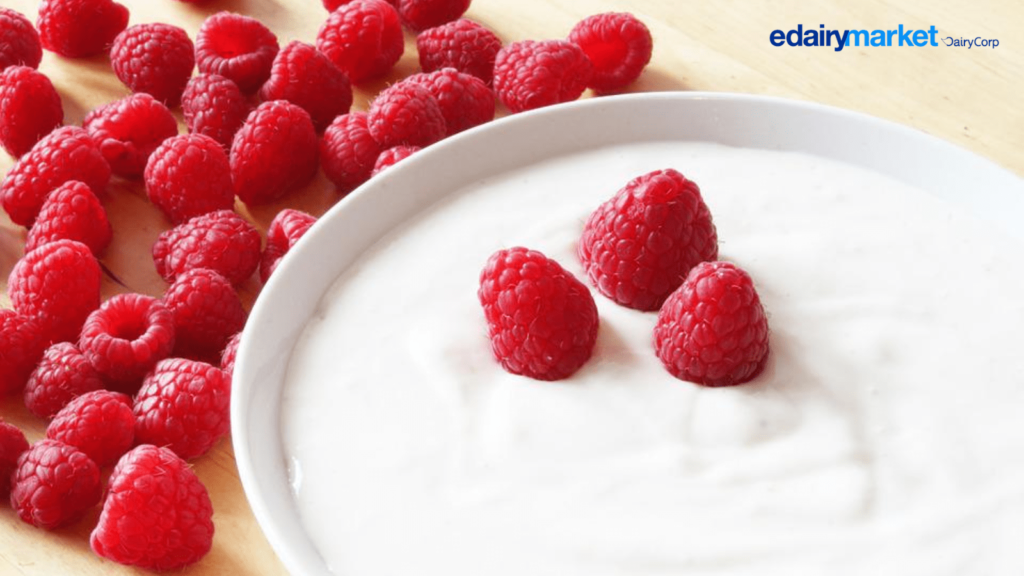Yogurt, and more broadly fermented milks, have been part of the human diet for thousands of years. The word yogurt comes from the Turkish “yogurt” and means to thicken, coagulate or curdle and there are records of its existence dating back to 6,000 BC. The origin of fermented milks took place quite simultaneously in numerous geographical locations, adopting particular names, depending on the area, such as kefir, koumiss, tŠfil, filmjölk, tŠetmjolk, lŒngofil viili, dahi, eyran, busa, kissel, naja, urgotnic, leban, zabady, mast, dough, roba, mazun and katyk. “There are records that allow us to estimate that there were more than 400 types of fermented milks around the world.
In the world of yogurt, there are many legends and curiosities that you would probably never have imagined. For example, did you know that a yogurt-like food was the “magic elixir” of the Mongolian army?
Today eDairy Market presents 5 curiosities about Yogurt:
1) Origin of Yogurt:
It arose as a result of storing fresh milk inside goat skin bags. The heat and the skin, propitiated the fermentation of the milk and gave way to yogurt.
2) Yogurt: Food of high nutritional density:
A 170 g serving of plain skim milk yogurt, supplies, 5% percent daily value (DV) of calories, 30% DV of calcium, 25% DV of phosphorus, 10% DV of potassium and zinc, and 5% DV of magnesium. Given the favorable nutrient/calorie ratio, yogurt can be defined as a nutrient-rich, nutrient-dense food.
3) Yogurt bacteria:
Commercial yogurt, is the product of fermentation of milk with two lactic acid bacteria: Streptococcus thermophilus and Lactobacillus delbrueckii subsp. bulgaricus.
4) Yogurt whey:
Semitransparent liquid that often rests on top of yogurt. But what exactly is yogurt whey? It is the watery part of the milk that separates from the curd and is mainly made up of water, phosphorus and calcium. This liquid part can be consumed, in case you were ever in doubt.
5) Natural cosmetics:
Creams, peelings, masks… All these names that now seem so new to us, have a more than millenary origin. If we look for the first appearance of feminine cosmetics, the name of yogurt will probably appear next to it. There is evidence linking its use as a beauty product since 2000 BC.
6) Long live yogurt!
We have been eating yogurt for more than 70 centuries. Yes, as you read it. It is likely that the first yogurt was made (by a blessed accident) in Mesopotamia around 5000 BC. So while we were debuting the wheel, we were also debuting yogurt. It is also estimated that around 2000 BC, half of the world’s population was already drinking dairy products on a regular basis.
Did you know any of these facts?
Sources:
✅ At eDairy Market we have all the dairy categories, all the products and all the companies. We represent you.
✅ Power your business through eDairy Market:
- Your microsite with products, brand and domain of your company at a minimum cost.
- You will be able to sell your products and we do not charge you commission per sale.
- Now you can sell your Products, Ingredients and Dairy Machinery in English, Spanish, Portuguese and Mandarin Chinese.
✅ Create your own online store in a super easy way:










